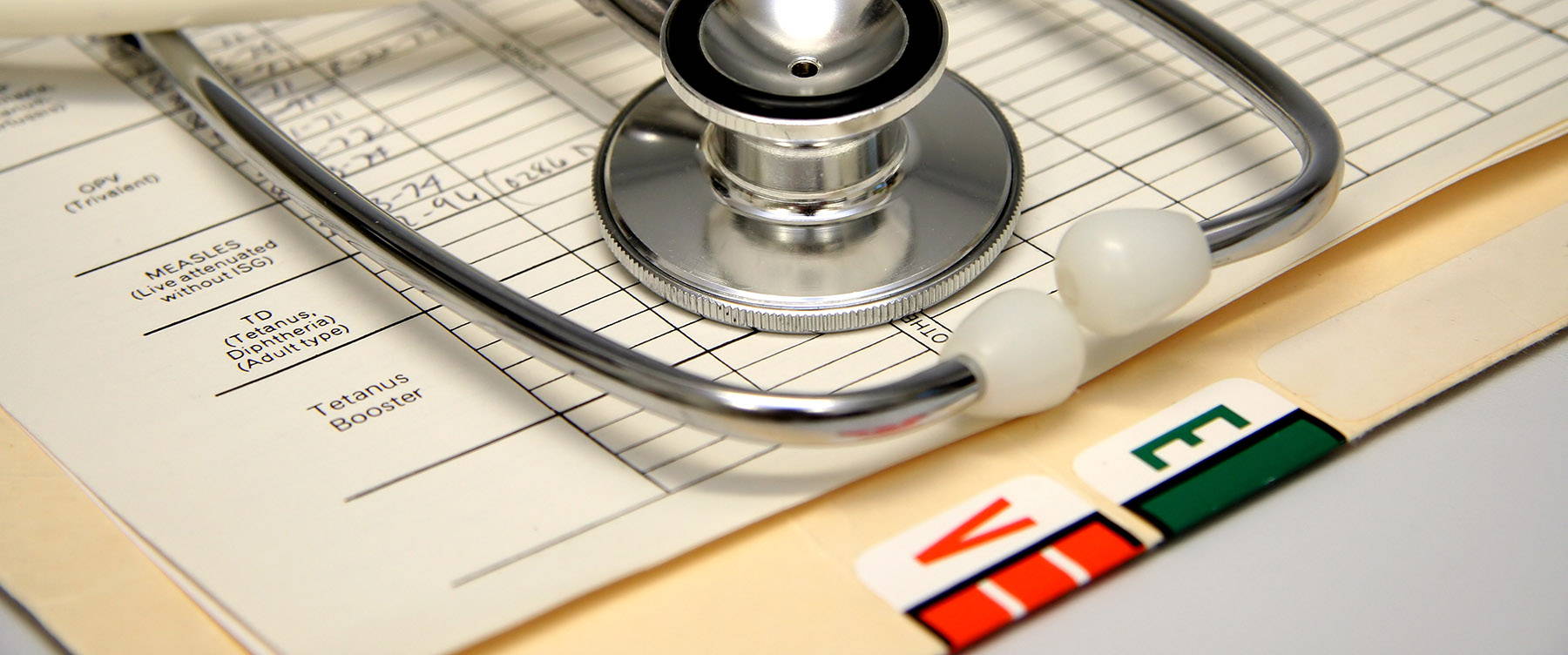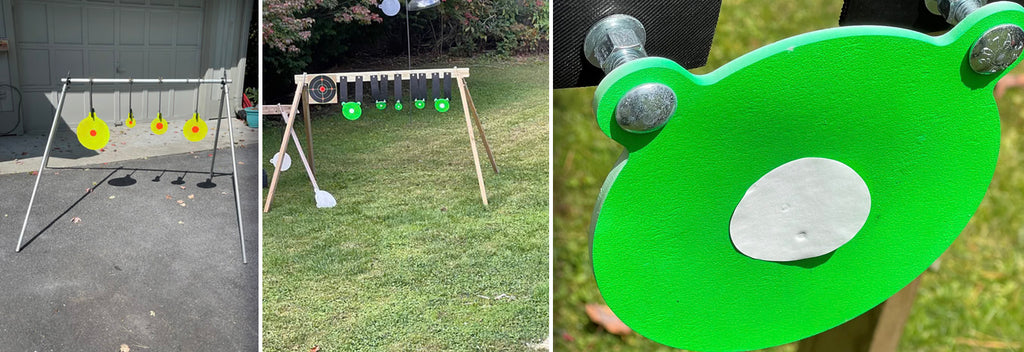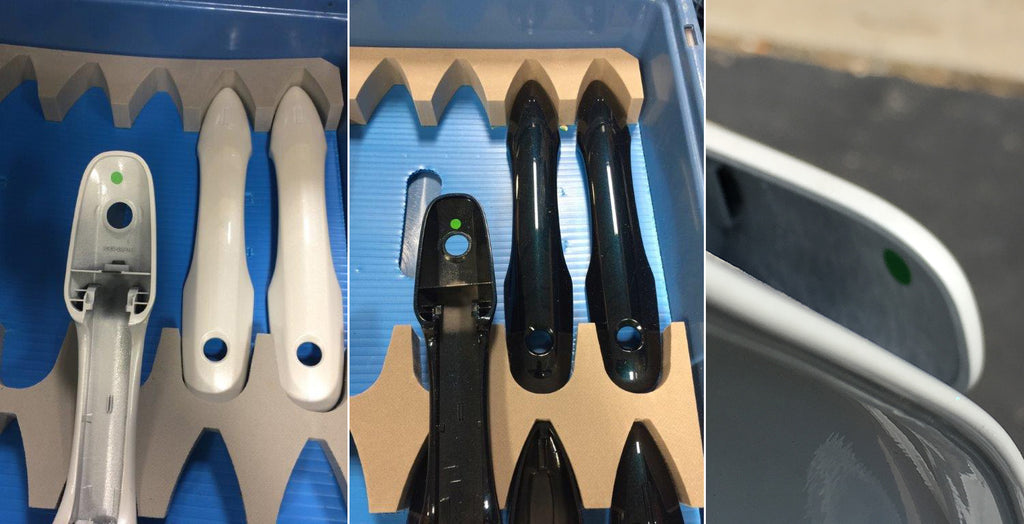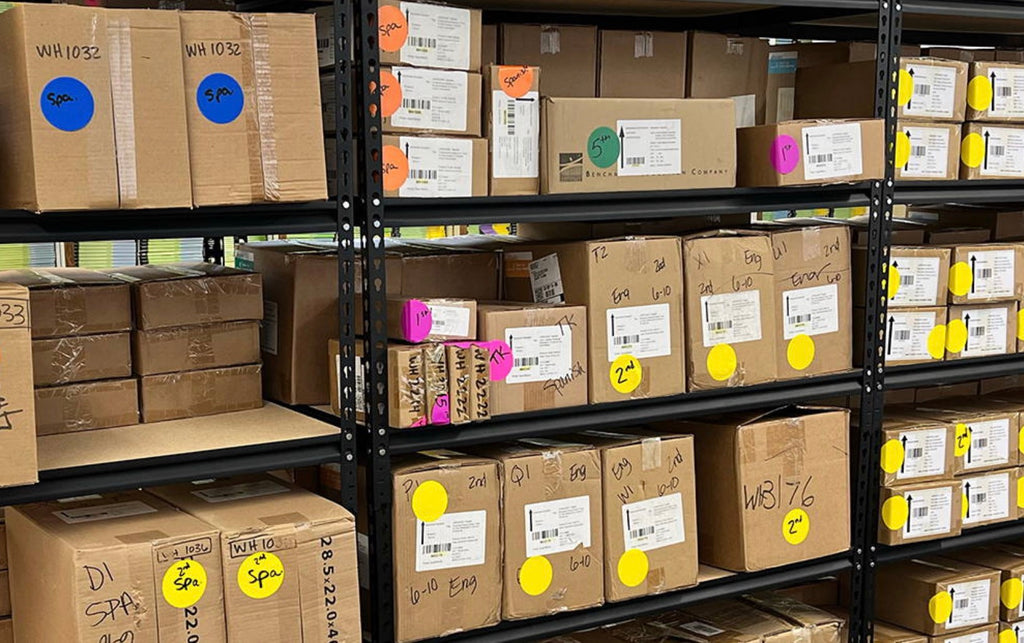
Office Organization Tips for Your Medical Practice
Medical practices must efficiently keep track of hundreds of things daily. If you ask us, there’s no better way to achieve this than enhancing organization throughout the office. Learn about some strategies that can help make your medical practice a more organized and efficient place.
Listen to this post:
The Importance of an Organized Medical Office
Before we delve into our favorite tips for organizing a medical practice’s office space, it’s wise to explore why keeping these office spaces neat and accessible is so important in the first place.
To start, medical practices aren’t just any old cubicle farm. They’re a crucial gateway between doctors and patients. After all, these offices are typically responsible for filing critical documentation, such as:
- Patients’ proof of insurance
- Medical histories and past prescriptions
- Billing information and preferred pharmacies
- Appointment times and patient records
These practices are responsible for keeping tabs on crucial information. For this reason, medical practices should be more committed than other offices to keeping their office spaces in tip-top shape. Fortunately, there are various methods medical practices can use to ensure everything stays organized.
Purge Regularly
One of the most effective strategies for improving office organization in a medical practice is to purge regularly. More specifically, go through your entire office space, collect all the junk taking up precious space, and toss it out. Don’t assume that going through that one office junk drawer in the break room will be enough!
You need to search high, low, and around every corner to discover all the stuff that doesn’t belong. Start by sorting through your office supplies. Are old, dried-up pens collecting dust in every supply caddy? Maybe you’ve got some ancient literature stacked high in the storage room.
Do you still have those company binders from before your practice came under new management almost a decade ago? If you answered yes to any of these questions, this is your sign to throw it all out. These things no longer serve a purpose for your practice, so they shouldn’t take up precious office space anymore.
Invest in Organizational Tools
Once you’ve purged the junk from your office space, it’s time to start thinking about how you’ll give an excellent home to everything that remains. If you ask us, investing in some new organizational tools to help you label and categorize your stuff is an ideal place to start.
Perhaps your practice uses beige folders to house all of your paperwork. In the past, you’ve labeled each tab with pertinent information to tell staff the nature of the folder’s documents. For the most part, this system does its job, but there’s no denying that it has occasionally led to unnecessary delays. In this case, it might be good to invest in multi-colored folders and integrate a system in which each color corresponds with a different kind of paperwork.
For instance, you could designate purple folders for patient insurance records. You might use red exclusively for medical records, and green folders could house patient billing information. This way, staff will spend less time looking for the appropriate patient paperwork. Instead, your team will be able to grab what they need immediately because they’ll be able to identify it by the folder’s color.
Develop an Effective System
Of course, we can’t discuss leveling up your medical office’s organization without mentioning the importance of developing an effective system to keep things running smoothly throughout the day.
In other words, ensure that the aspects of office workflow—from basic operations to patient procedures—are designed with efficiency in mind. Some of the steps you can take to create an organized and effective workflow system include:
Map the Patient Journey
Understand how long an appointment lasts from start to finish.
Assess the Current Workflow and Pinpoint Weak Areas
Figure out what causes inefficiencies in the office.
Outline the Tools and Resources Required for Improvement
Consider which strategies will effectively enhance your office’s workflow.
All of these things are impacted by the level of organization in your office. Thus, it’s crucial to get to the root of what’s causing organizational deficiencies. Doing so can help you rearrange the elements of your workflow that cause long wait times, delays in treatment, paperwork filing, and the like.
Plot Your Calendar Carefully
Another thing medical offices should keep in mind when upping their organization game is their calendars. Whether your calendars are digital, physical, or both, keeping close track of them and ensuring they’re plotted carefully is imperative to enhanced organization. Every month has its list of responsibilities, top priorities or goals, and appointment times.
This is especially true in a workplace like a medical practice. For this reason, you should have a system to help you prioritize tasks from most to least urgent. Perhaps you have a written performance review scheduled for Thursday. On the same day, you have to find time to fill out and submit crucial lab paperwork for a very sick patient. Both are high-priority, but which is going to get done first?
With the proper organizational strategy, you can find the solution relatively easily. To illustrate, you could place colored dot stickers next to each scheduled event in your calendar. Red could indicate the highest level of urgency; orange could be a level down from that, and so on.
In our example, you might place red next to the lab paperwork to remember to get that out of the way first. Of course, you would then put an orange sticker next to your performance review task, as it’s still essential, but slightly less than a sick patient who needs results on their lab work.
Organize Your Mail
Lastly, every medical practice looking for ways to up the ante on organization can benefit from an effective mail filing system. This closely relates to the previous point about calendar organization because tending to your office mail in an organized way is all about sorting through priorities. In other words, when the mail comes through the office, it’s best to sort it into categories.
This applies to digital and physical mail. We suggest placing each piece of mail into a specified pile or folder. For instance, you could have a designated place for junk mail. Then, you could create specific spaces for “sort through later” and “address right away.” Doing it this way will keep you from repeatedly sifting through your mail to find what you need.
As a result, you’ll save a lot of time, and your office will be more efficient and organized. In any case, keeping your medical practice well-organized is imperative to its efficiency and overall success. Remember, if you’re looking for things that can help enhance your organization, ChromaLabel and our premium selection of products are just a phone call away.
Contact us if you have questions, or if you want a sample to test before you purchase! We'll be happy to advise you on the best solution for your specific needs.
Trending Articles






